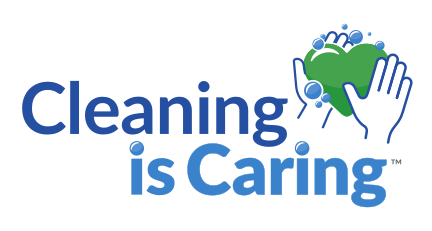Have you used task cards? The idea is to put each task on a different card and then go through them to determine who does a task currently or who should be put in charge of a particular task. We’ve seen this come up as a way to find a more equitable divide of household labor and mental load. It can be a fun and fair way to divvy up keeping your home clean and organized, which can be a daunting task, especially if you have a busy schedule. Task cards provide a simple and effective way to assign and track household cleaning chores where nothing gets missed and you get a good sense of all the elements that go into keeping a clean home.
What are task cards?
Task cards are small cards that contain a list of tasks to be completed. They are commonly used in classrooms to help students stay organized and on track. However, they can also be used in the home to assign household cleaning chores. Each card contains a specific task that needs to be completed, such as sweeping the floors, washing dishes, or cleaning the bathroom.
How to use task cards for household cleaning chores
Step 1: Create a list of household cleaning chores
Before you can create task cards, you need to create a list of household cleaning chores. This list should include all the tasks that need to be completed on a regular basis, such as sweeping, mopping, vacuuming, dusting, and laundry. You can also include less frequent tasks, such as cleaning the refrigerator or organizing the pantry.
Step 2: Create task cards
After assigning tasks to each family member, you can create task cards. You can use index cards or small pieces of paper to write each task. Write one task per card. For large tasks, like laundry, you may want to break it up onto different cards, like dividing laundry into clothes, sheets, and towels or dividing running the washer and dryer and folding clothes into different tasks.
Step 3: Assign tasks to family members
Like dealing out a deck of cards, go through the cards and determine who will “own” the task from start to finish. For instance, if one person owns washing the windows, they would set the schedule, do the planning (like adding glass cleaner to the grocery list if needed), and complete the task. The goal is for each person to have the exact same number of cards. Assign tasks based on each person’s age and ability. For example, young children can be responsible for simple tasks such as dusting or picking up toys, while older children can handle more complex tasks such as cleaning the bathroom or washing dishes.
By following these simple steps, you can create task cards and assign tasks to family members, making it easier for everyone to stay on track and contribute to a tidy home.


TELL US WHAT YOU THINK (0)